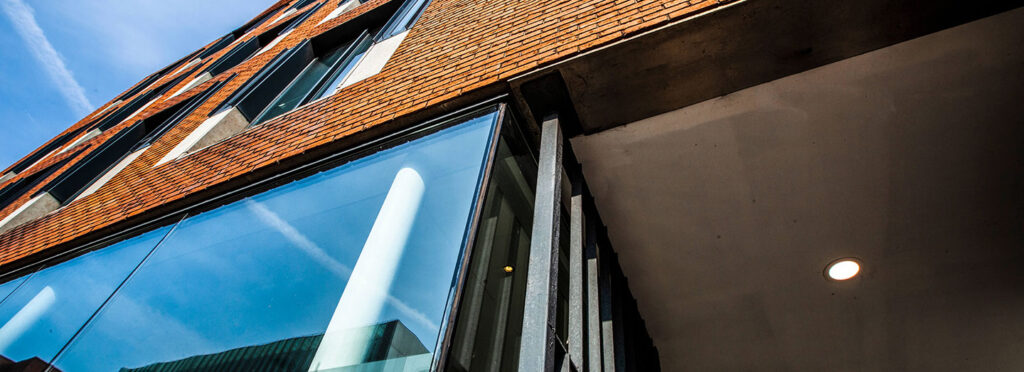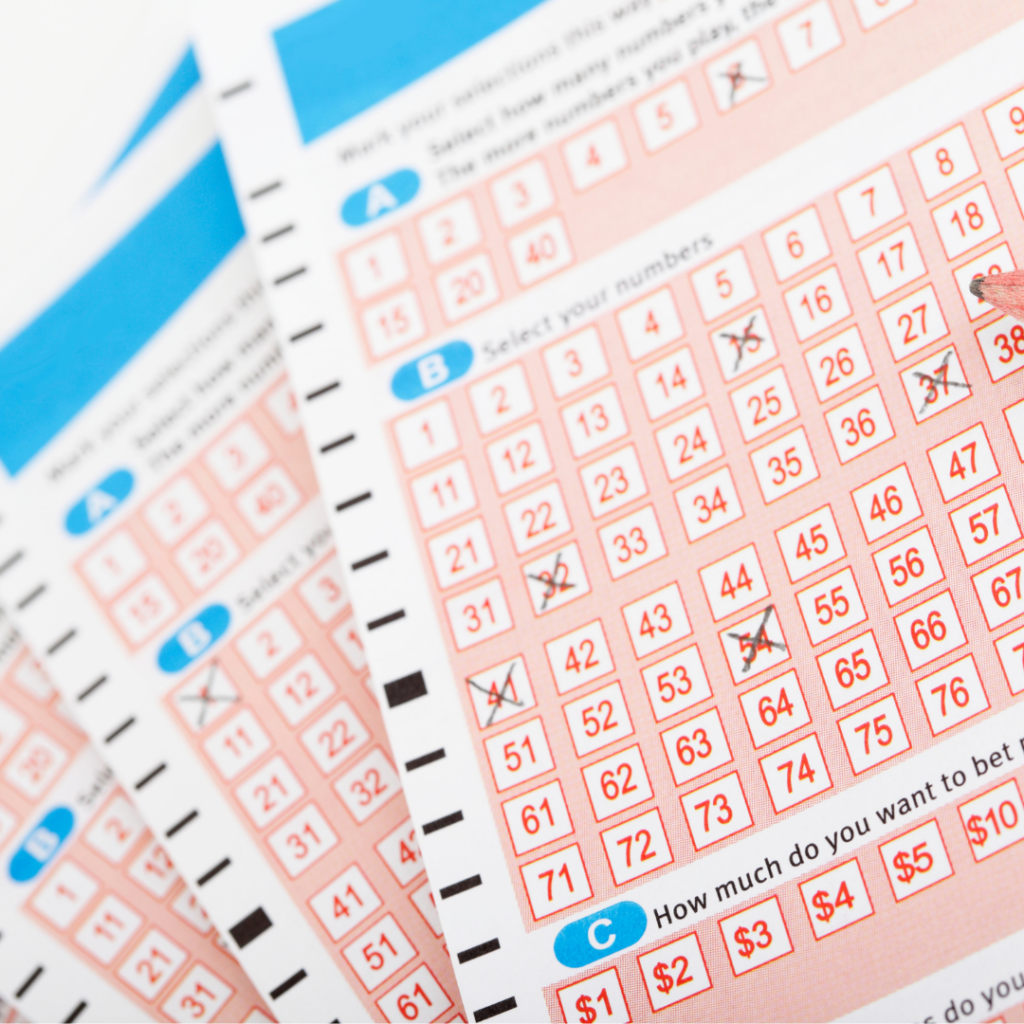A recent High Court settlement, where a young boy received €37,000 after an alleged fall at a Dublin City Council AstroTurf pitch, has put the spotlight on public safety and the complexities surrounding personal injury claims. For families affected by injuries in public spaces, understanding legal rights and the claim process is essential. This post walks you through the background of this case, explains the legal principles involved, and offers practical steps if you or a loved one is injured in a similar setting.
Background to the AstroTurf Settlement
On 1 May 2019, Callum Whelan was just seven years old when he tripped and broke his arm at a Dublin City Council-owned AstroTurf pitch in Poppintree, Ballymun. According to court proceedings, he was playing football when he allegedly tripped over a hole in the pitch’s surface, resulting in a “grossly displaced fracture” of his upper right arm. The injury required surgery and several pins, but Callum eventually made a full recovery.
Callum’s legal action, brought through his grandmother, claimed that hazards on the pitch—including the alleged hole, a lack of maintenance, and insufficient warning signs—were to blame for his accident. The claims centred on alleged failures by the Council to inspect and maintain the pitch, to cordon off hazardous areas, and generally to ensure the safety of those using the facility.
Despite Dublin City Council fully contesting the claim and denying any created hazard or negligence, a settlement of €37,000 was approved by the High Court as being fair and reasonable, bringing closure to the case.
The Legal Principles Behind Personal Injury Cases
Personal injury law seeks to establish whether harm suffered by an individual was due to negligence by another party. When an accident occurs in a public place, the “occupiers’ liability” principle applies, which requires those responsible for public premises (like councils or local authorities) to take “reasonable care” for the safety of visitors.
Key Elements in a Public Place Claim
To succeed with a claim involving an accident in a public place, the injured party must demonstrate:
- An identifiable hazard existed (in this case, a hole in the AstroTurf).
- Negligence in maintaining or inspecting the premises, or a failure to warn of danger.
- Direct causation, meaning the accident was a result of that hazard.
- Breach of duty on the part of those responsible for the area.
Irish law also requires that these claims are brought within a specific time frame (typically two years from the date of the accident), with some exceptions for minors.
Why Public Liability Claims Can Be Contested
As in Callum’s case, liability is not always clear-cut. Local authorities or property owners often contest claims, arguing that:
- The area was regularly inspected and maintained.
- Any reported defects were addressed in a timely fashion.
- The peril was obvious, and reasonable precautions were taken to warn or protect users.
- The injured party may have contributed to the accident by not exercising suitable care.
Courts weigh this evidence carefully. The approval of Callum’s settlement by Mr Justice Paul Coffey showed a balanced approach, considering the seriousness of the injury, the claim of a recoverable hazard, and the Council’s defence.
Understanding the Settlement
A settlement like Callum’s covers more than just immediate medical expenses. Compensation in personal injury cases usually reflects:
- Pain and suffering faced both immediately and during recovery.
- Medical costs, past and future.
- Any ongoing impact or disability.
- Special damages (such as travel for treatment or missed school).
While Callum underwent a painful and disruptive process, his full recovery was a major factor, likely influencing the size of the agreed amount.
Steps to Take After a Public Place Injury
If you, your child, or someone you know has experienced injury in a public place, a calm and clear process improves your prospects of a successful claim.
1. Seek Medical Attention
This ensures injuries are promptly addressed and provides vital evidence in the form of medical reports.
2. Report the Incident
Notify those responsible for the premises (local authority, property owner, or facility management) as soon as possible, and request a written record of your report.
3. Gather Evidence
- Take photographs and videos of the hazard and the location.
- Seek out witnesses’ names and contact details.
- Retain copies of all medical records and communications with the authority.
4. Consult an Experienced Solicitor
Specialist personal injury solicitors such as the team at HOMS Assist can clarify your options, gather further evidence, and guide you through the claims process, including the Personal Injuries Resolution Board (PIRB) and, if necessary, court proceedings.
5. Keep Records
Document all expenses, time off work, and other losses related to the accident.
Lessons from the Case for Families and Councils
For Families
- Don’t delay if you suspect negligence contributed to an accident. Early action preserves evidence and protects your right to claim.
- Recovery may be possible even in contested cases, but specialist advice is vital to building a strong claim.
- Children’s claims can have different time limits, with parents or guardians able to act on their behalf.
For Councils and Facility Operators
- Routine inspection and maintenance records are essential for defending against claims of negligence.
- Clear and visible warnings must be posted in the vicinity of hazards, and dangerous areas should be cordoned off without delay.
- Transparent response to reported hazards protects the public and helps limit legal risk.
How Do Personal Injury Claims Work in Ireland
The process typically involves:
- Initial consultation with a solicitor, where your eligibility is assessed.
- Medical assessment and report, which form the foundation of your case.
- Application to the Personal Injuries Resolution Board (PIRB). If a satisfactory settlement cannot be reached, you may proceed to court.
- Settlement or trial. Many cases are resolved through negotiation rather than a full court hearing.
Common Questions
- Do I need to go to court? Many claims settle before court, particularly where liability can be agreed or the parties wish to avoid lengthy proceedings.
- What about legal costs? Costs depend on complexity, but HOMS Assist offers clear, upfront advice on fees and cost recovery.
Other Examples of Personal Injury and Public Place Claims
Personal injury can arise in many public settings beyond sports facilities:
- Supermarkets, due to slippery floors or faulty trolleys.
- Parks, playgrounds, or public walkways with uneven surfaces.
- Events where crowd safety is inadequate.
Each scenario depends on proving negligence and liability, but the principles remain consistent.
The Importance of Specialist Legal Support
Callum Whelan’s case underlines one message above all else: seeking expert guidance matters. Experienced personal injury solicitors not only help secure fair compensation but ensure your rights are fully protected during what can be a stressful process.
The team at HOMS Assist has decades of experience guiding individuals and families through the legal and emotional complexities of personal injury cases, with warmth and understanding at every stage.
You cannot turn back the clock after an injury, but with the right advice, you can move forward. If you or someone close to you is facing a similar situation, don’t wait to learn about your options and rights.
Moving Forward and Protecting Your Rights
Every child and adult deserves safety in public spaces. When things go wrong, knowing how to respond empowers families to secure justice, accountability, and in many cases, real change. The lessons from the Dublin AstroTurf settlement echo throughout Ireland’s public spaces, reminding everyone that due care and vigilance are shared responsibilities.
If you have questions about personal injury, public liability, or the claim process, reach out for a confidential consultation. You deserve compassion, expertise, and support every step of the way.









